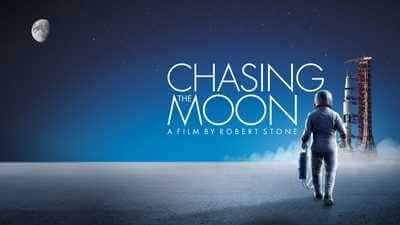Kenneth Klimisch had just graduated from college when he got a job at a company called G. T. Schjeldahl Company in Northfield, Minn.
Little did he know he'd be interviewed more than 50 years later about being part of the space race.
"I didn't really understand the whole thing," Klimisch, 79, said. "I knew we'd be working on this big balloon that they'd put in the sky."
His job was to test the coating consistency of 220-foot pieces of plastic, or gores.
Those gores would then be assembled into a 100-diameter inflatable balloon.
It was called Echo I, and it was an experiment to use balloons as satellites for radio signals.
The company was named after its founder, Gilmore T. Schjeldahl, the son of Norwegian immigrants. That it would make news as the manufacturer of what became known as large-scale, inflatable "satelloons" may be surprising to Minnesotans unfamiliar with the story. But it makes perfect sense when you understand Schjeldahl's penchant for experimentation.
"Schjeldahl began working with a new film, polyethylene," said Bruce Olson, senior field application engineer at Sheldahl Flexible Technologies, Inc. "He discovered in his kitchen, that he could take a knife, heat it up, and both cut and seal at the same time."
That sparked the idea for manufacturing plastic bags for bread.
Eventually, the company became known for making inflatable sounding balloons using the film. The idea was to put these balloons into the upper atmosphere to learn what it looked like.
Echo I, and later Echo II, were launched to see if they could be used to bounce radio signals from earth. This was also during a period when the U.S. and the former Soviet Union were engaged in a high-stakes race to send the first human being into space.
And Minnesota was already primed with scientists interested in utilizing balloons for discovery.
Echo II used a new polyester-based film called Mylar. Together with aluminum foil, the balloon was better able to hold its shape and was even able to withstand collisions with small meteorites.
This experiment solidified a long relationship with NASA.
"Just about everything that went up, in what we used to all the free world, had Sheldahl material in it," Olson said.
The latest is the much-anticipated James Webb Space Telescope, scheduled to launch in 2020.
One thing that hasn't changed in the last half of a century is our feverish interest in space exploration. "Part of it was just to see if you could do it," Klimisch said, of the early days of sending balloons into space.
This story was published June 24, 2019.

This story is part of WGBH’s Chasing the Moon project. The documentary, Chasing the Moon, premieres on TPT 2 on July 8 at 8 pm.
A certain "je ne sais quoi," a hefty dose of guts and machismo, defined the men of NASA's earliest program in the race to send the first humans into space. The seven astronauts - the Mercury 7, as they were known - definitely had what writer Tom Wolfe called "The Right Stuff," as he explained in a Saint Paul Airport hangar in 1980.
Two Minnesota husband-and-wife teams - the Piccards and the Winzens - pioneered high-altitude ballooning in the years leading up to the Space Race. Discover more about their stories.
